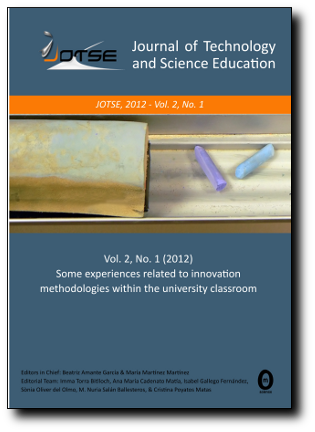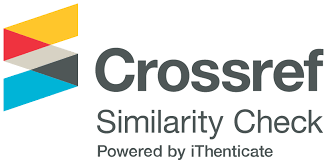ExPRession-based E-Worksheet (EBEW): An effort to enhance student' computational thinking skills
Abstract
Nowadays, physics learning in the classroom should no longer only focus on achieving academics. It must prepare students to face challenges in the future. One of the abilities that are important for learners is problem solving, and the problem-solving ability that is becoming increasingly important in today's digital era is computational thinking skills. Although computational thinking skills can be developed through worksheets, their integration into learning practices remains suboptimal. This study examines the effects of the ExPRession-based E-Worksheet (EBEW) on enhancing students' computational thinking skills in physics education. A quantitative approach with a pre-test and post-test quasi-experimental design was employed, involving 59 students divided into two groups. The control group participated in a simple laboratory practicum using discovery learning-based worksheets, while the experiment group engaged in a practicum facilitated by EBEW. Both groups completed a pre-test prior to the learning sessions. Results suggest that students using EBEW showed significantly deeper CT skills as compared to those using discovery learning-based worksheets. EBEW’s structured learning phases, involving deep problem understanding, root cause analysis, predictive solution modeling, investigative procedures, and conclusion synthesis, effectively aided students in enhancing CT and problem-solving skills. These findings then suggest that EBEW not only enhances student learning on direct current circuit topics but also provides a readily extensible scaffold for broader STEM activities. This study underlines that EBEW has the potential to revolutionize physics learning with computational thinking by systemic processes of problem-solving. The present research was specifically directed toward DC circuits topic. However, the principles of EBEW are potentially applicable to other areas in physics for extended training in skills related to CT and to the reform of STEM education.
Keywords
DOI: https://doi.org/10.3926/jotse.2210
This work is licensed under a Creative Commons Attribution 4.0 International License
Journal of Technology and Science Education, 2011-2026
Online ISSN: 2013-6374; Print ISSN: 2014-5349; DL: B-2000-2012
Publisher: OmniaScience





